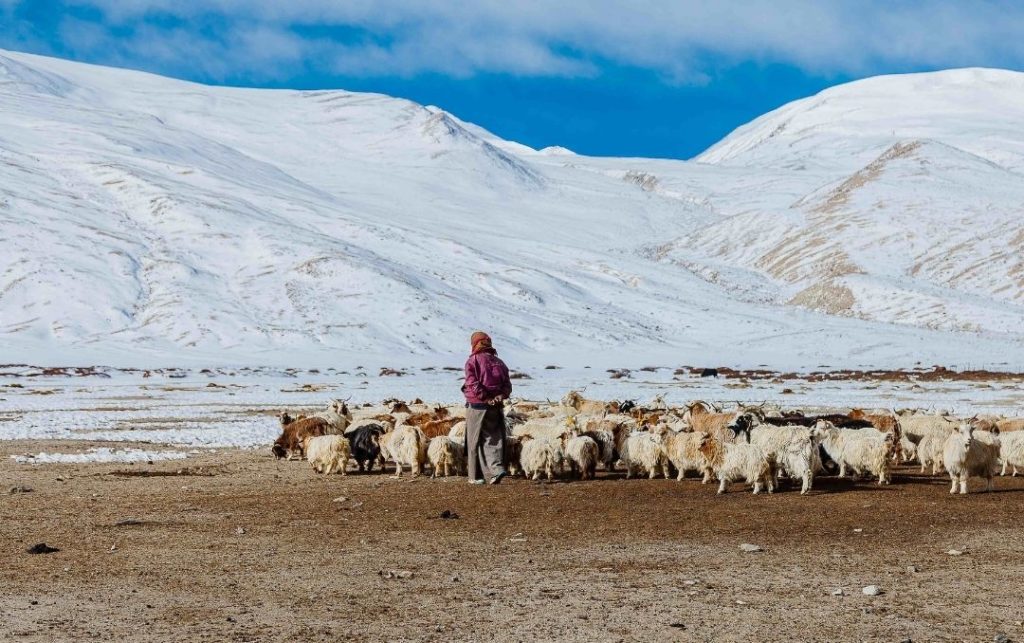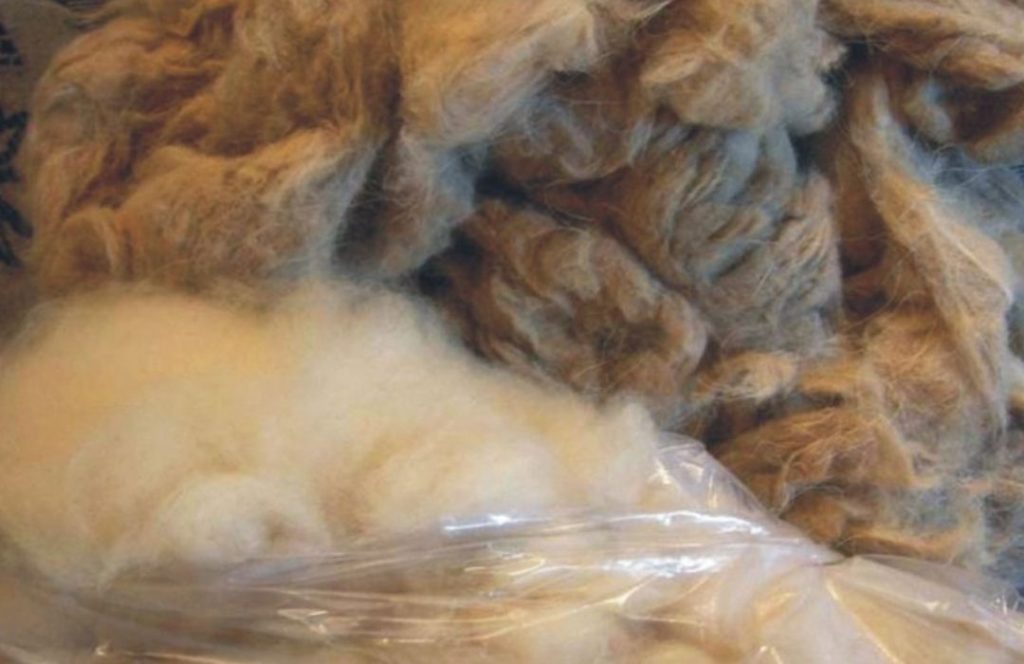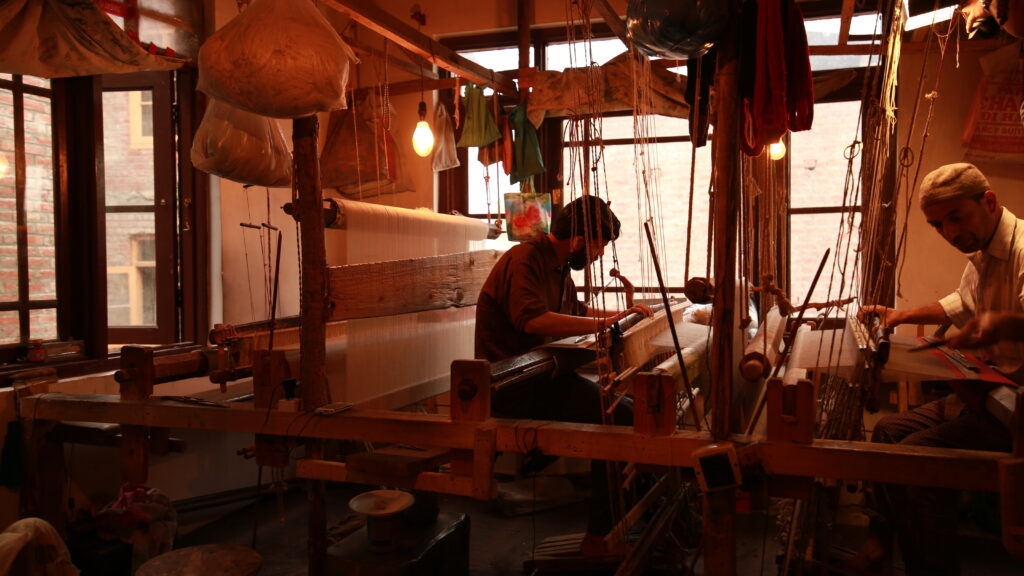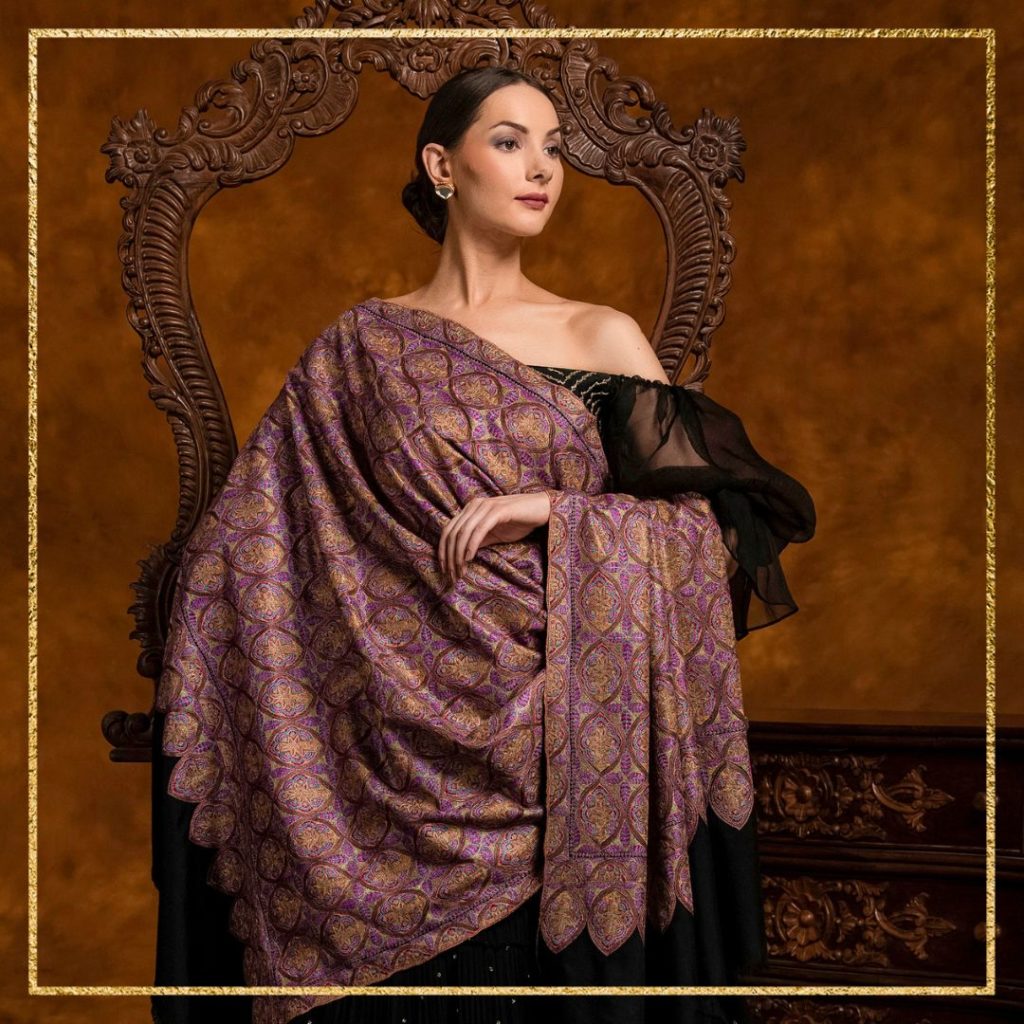Pashmina is not banned because it is the ethical crafting of the finest Cashmere. The procuring and crafting of the finest Cashmere in Pashmina Art is the forte of ethical and Sustainable crafting. It is also evident from the fact that Cashmere is obtained from a rare species of Goat called Changra Goats. The Goats are rare but they are not endangered. Therefore, suffusing to the fact that Pashmina is not banned. There are several species of goats that produce Cashmere for endless accessories. The several breeds viz; Australian Cashmere Goat, Liaoning, Inner Mongolia, Xinjiang, Hexi, Zhonghwei, Tibetan Plateau, Luliang breeds, Changthanghi, etc. Therefore, all the breeds produce the Cashmere wool that produces the warmth. The exclusive breed of goats called Changra Goats is the only rare species of goats.
There are particular species of endangered goats called Chiru, or the Tibetan Antelope. The animal has been listed on the endangered animal list under the Convention on International Trade in Endangered Species (CITES). They produce the fine wool called Shahtoosh. It is illegal to procure or craft Shahtoosh because it is not ethical to use the wool of an endangered species. Herders trap it forcefully and kill it and then skin the hair from its underbelly. Animal cruelty is the basic reason for unethical crafting. Also, the decreasing number of Chiru goats is another reason for its ban.
Ethical Procuring of Finest Cashmere

The Changhthanghi mountains of the Ladakh region are at high altitudes. Therefore, the winter in the region goes more than -20°C. The habitat is harsh in winters. A rare breed of goats dwells at the feet of the Changhthanghi Mountain. The breed is called the Changra or Changhthanghi breed. The goats are known as Changra Goats of Kashmir goats. These goats are raised by the local tribe called the Changpa tribe. The herders herd the goats mainly for the collection of thick wool. The thick wool they develop on their bodies in cold winters to combat the chill of the season. Eventually, in summers they shed the wool off against rocks, and trees to feel the air of summer. Also, the wool is combed out by the herders by hand. This wool is called Cashmere wool. It is the finest Cashmere in all the world around.
Pashmina Crafting in Kashmir

Pashmina Art is the curation of the finest Cashmere from the region of Ladakh into diverse styles of Cashmere Scarves, Cashmere Wraps, and Pashmina Shawls. The tufts of Cashmere wool leave the Ladakh region to reach the valley of Kashmir. The tufts are packed in small packets. Therefore, the Cashmere wool is cleaned, soaked, and dried in the sunlight to get the dirt, and grime of any sort apart.
Afterward, the Cashmere wool is taken to the households where women folk spin the Cashmere wool into fine yarn. The spinning process is done on the wheel of wool called yinder in the local language. The women spun the Cashmere wool diligently to get the finest Cashmere yarn. The yarn is collected around the spindles for further process. It is done by simple instruments that are homemade. An instrument called thanchorr is used in the process of whirling around the spun fibers. The Cashmere fibers are twirled around the thanchorr, a type of stick with a round upper portion. It is made of wood. This process is called pranch. The Cashmere yarn thus produced confers to the purest and finest yarn of 12 to 16 microns. The finest Cashmere yarn moves further in the procedure radiating the Art of Pashmina.
Handweaving and Styles

Afterward, the Cashmere yarn is taken to the local karkhanas/workshops where several handlooms are fixed. These handlooms are made of forest wood. The highly skilled artisans work upon the handlooms using their hands and feet in coordination with the process. The process of weaving is to use Cashmere yarn to create warps and wefts. Thus, producing a whole fine Cashmere fabric. The Cashmere produced is given the required dimensions. Thus, diverse styles like Cashmere Scarves, Cashmere Wraps, and Pashmina Shawls are made. It is to be noted that the high skill and diligence of the artisans lead to such tremendously fine masterpieces.
The True Craft of Kashmir
When a Persian saint was traveling across the globe, the journey of craft started. Mir Syed Ali Hamdani was a sage from the Middle East. The footprints of a saint Mir Syed Ali Hamdani from the middle east came to Kashmir with 700 craftsmen to adorn the beauty of the valley and to spread the holy message. He rested his feet in the region of Changhthanghi Ladakh. Thus, the saint landed its appearance in the Changhthangi Mountain in Ladakh. While perceiving nature, he locked his eyes on the Goat of marvelous wool. Awestruck with the softness and fineness of the wool, he made socks out of it and gifted them to the Sultan Zain-ul-Abideen of Kashmir Valley.
Perceiving the beauty of Cashmere wool, suggested making an industry that cultivates the Pashmina in desirable styles. Even the name Pashmina, derived from the Persian word, pashm, meaning "the soft gold" is exquisite in being.
Also read: IS CASHMERE THE SAME AS PASHMINA?
Pashmina Collection that cherishes Sustainability

We, at pashmina.com, cherish every step of crafting the finest Cashmere. Working towards the betterment of nature by ethically crafting our collection is our forte. We acknowledge the concept of Sustainability by approaching each step in our crafting with genuineness and care. Our Artisans bless each masterpiece with a feeling of the ancestral craft of Kashmir. Pashmina is a feeling for us, including our artisans.
Also read: DO VEGANS WEAR CASHMERE SCARF?